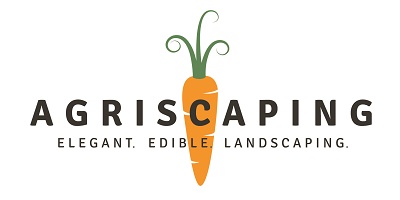Mastering Microclimates And Optimize Your Yard for Year-Round Growing
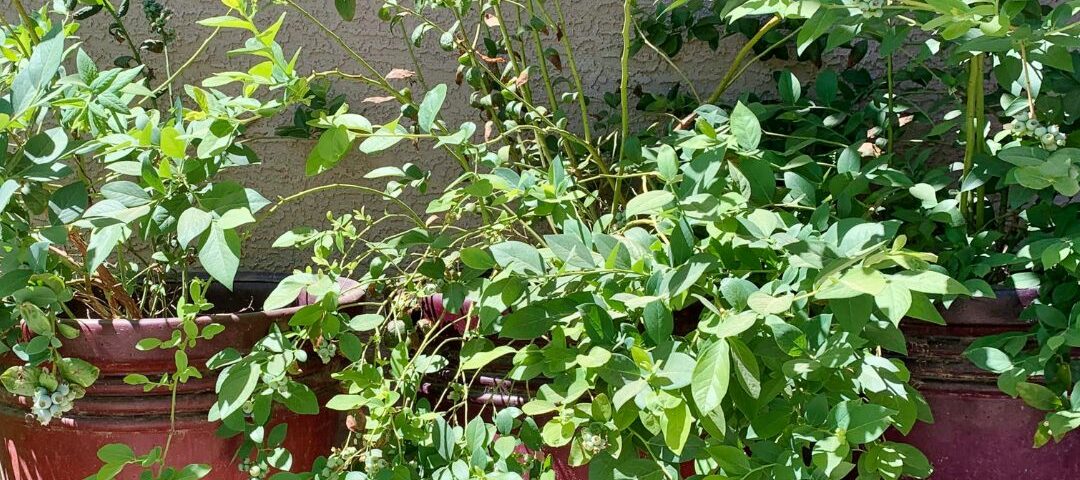
Not every yard has abundant full sun like traditional farmland, but that doesn’t mean you can’t grow a thriving garden. By understanding microclimates, you can tailor your planting strategy to suit your space. While there are 26 microclimates, Agriscaping has simplified the system to just six key zones, making it easier to identify the best areas for raised beds, potted plants, and edible landscaping.
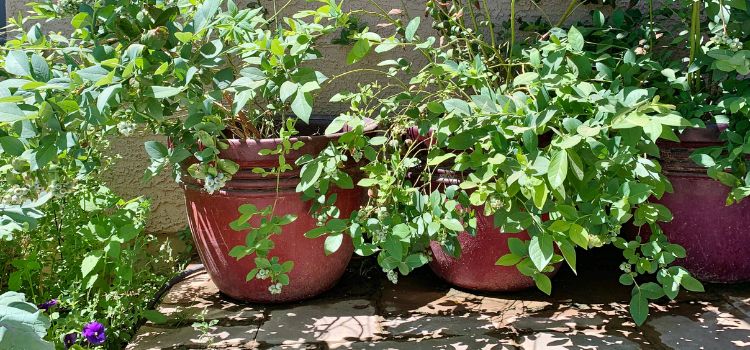
Creating Your Own Microclimate Map
Mapping your microclimates helps you determine where different plants will thrive. Here’s how you can sketch out your property:
- Position North at the top of your page, then draw your house as it sits on your property.
- A Zone (morning sun, afternoon shade): Found on the east side of a structure, this microclimate extends outward equal to the height of the structure, with the optimal zone halfway between the two.
- B Zone (full sun): Found along north-facing walls, this is the prime growing area used for traditional gardening and farming.
- C Zone (morning shade, afternoon sun): Located on the west side, this microclimate experiences the most intense afternoon heat—making it a great spot for raised bed gardens, as seeds sprout early here.
- D Zone (morning shade, partial afternoon sun): Found along south and east walls, this area is ideal for sweet greens, which thrive even in summer.
- E Zone (filtered/reflective morning and afternoon sun): Located on south-facing walls, this microclimate provides moderated sunlight for adaptable plant growth.
- F Zone (consistent shade): Found along south and west walls, this cooler microclimate supports greens and edible ferns.
Unlocking New Growing Possibilities
By properly using microclimate zones, you can extend your growing season and even cultivate plants in unexpected locations. For example, strategic microclimate placement allows bananas and mangos to grow successfully in Phoenix, Arizona—an area not traditionally known for tropical fruit.
Adapting Pots for Seasonal Changes
If you’re gardening in containers, you have even greater flexibility. By moving pots to match changing seasons, you can optimize plant placement throughout the year. Microclimate mapping makes a huge difference in plant health, productivity, and success.
Get a Custom Microclimate Map for Your Yard
Take your gardening to the next level by mapping out the microclimates in your space. Discover how to make the most of your yard with expert guidance—schedule a consultation today at https://agriscaping.com/professional-landscape-service.
By understanding and harnessing microclimates, you can cultivate a thriving, resilient garden that grows beautifully all year long!

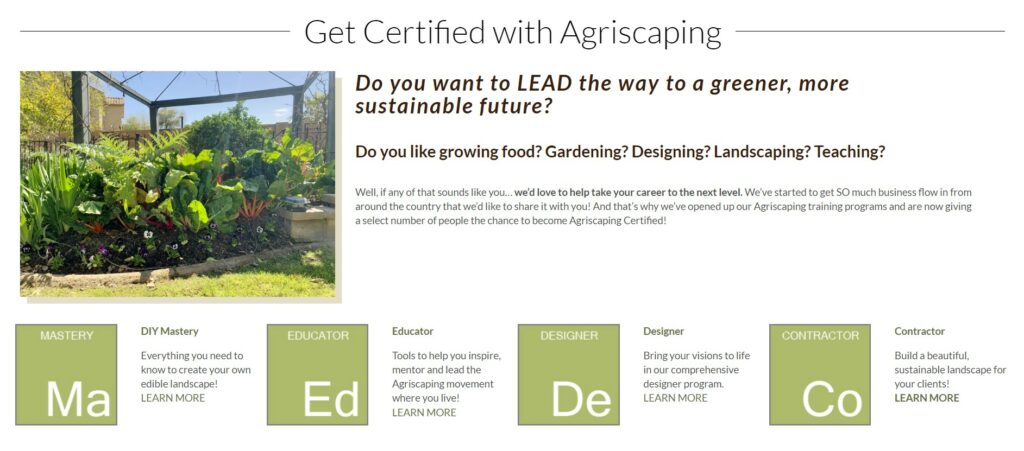
Read Our Latest Posts…
- 7 Garden Design Themes for Your Elegant Edible Landscape
 Expert tips for desert gardening, from plant zoning and efficient irrigation to soil care and agriscaping for a sustainable landscape.
Expert tips for desert gardening, from plant zoning and efficient irrigation to soil care and agriscaping for a sustainable landscape. - Subterranean Trampoline Gardens: A Hidden Oasis for Growing and Playing
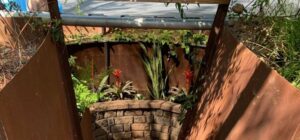 Expert tips for desert gardening, from plant zoning and efficient irrigation to soil care and agriscaping for a sustainable landscape.
Expert tips for desert gardening, from plant zoning and efficient irrigation to soil care and agriscaping for a sustainable landscape. - 7 Elegant Edible Flowers To Be Thankful For
 Expert tips for desert gardening, from plant zoning and efficient irrigation to soil care and agriscaping for a sustainable landscape.
Expert tips for desert gardening, from plant zoning and efficient irrigation to soil care and agriscaping for a sustainable landscape. - Top 10 Winter Wonders: Beautiful and Edible Flowers for the Cool Season
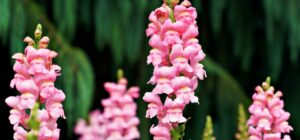 Expert tips for desert gardening, from plant zoning and efficient irrigation to soil care and agriscaping for a sustainable landscape.
Expert tips for desert gardening, from plant zoning and efficient irrigation to soil care and agriscaping for a sustainable landscape. - Create Your Own “Farmacy” with Healing and Aromatic Herbs
 Expert tips for desert gardening, from plant zoning and efficient irrigation to soil care and agriscaping for a sustainable landscape.
Expert tips for desert gardening, from plant zoning and efficient irrigation to soil care and agriscaping for a sustainable landscape.
